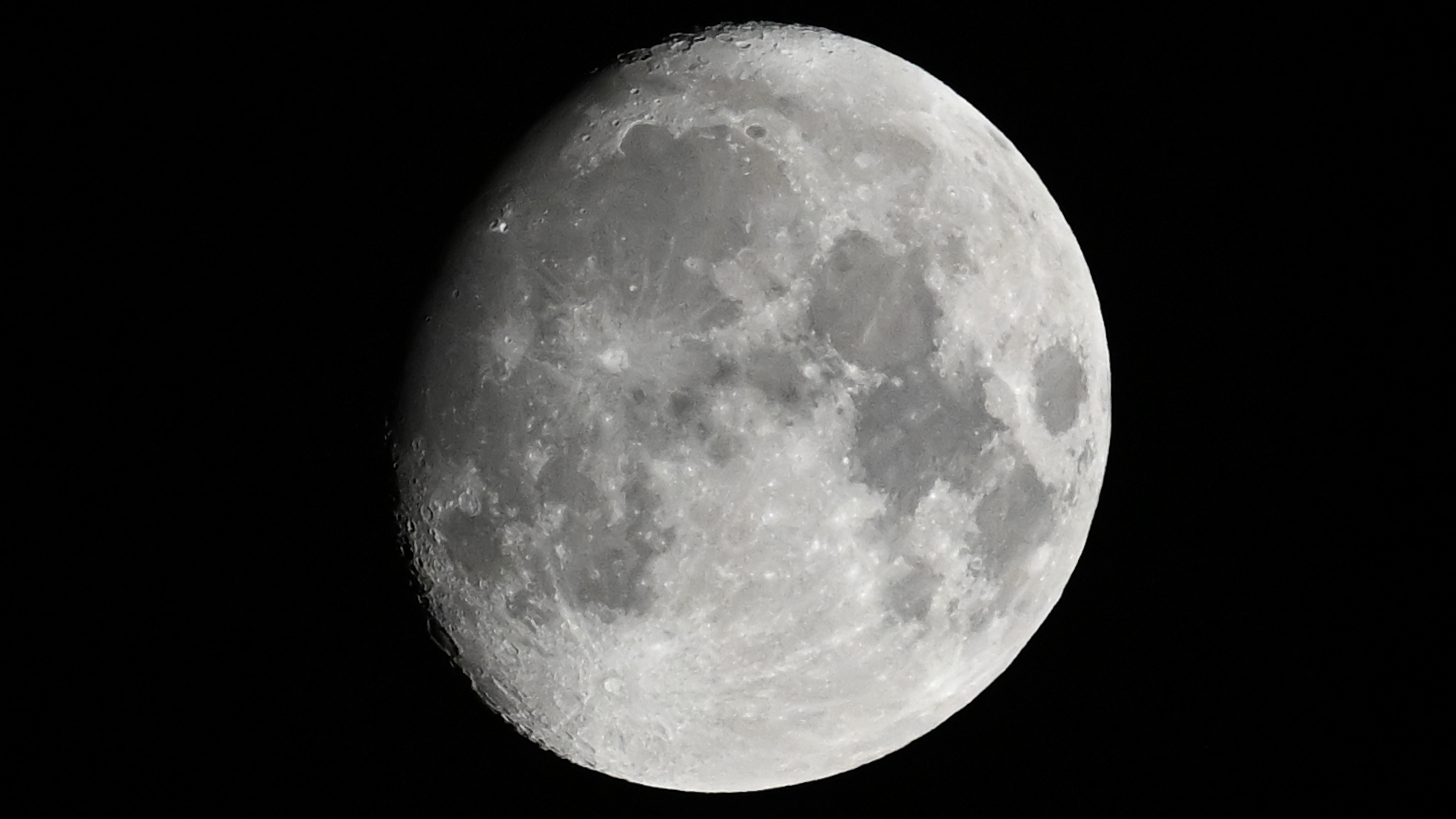Waxing Gibbous Moon to Shine Near Antares This Sunday
Stargazing Alert: A Celestial Event Awaits
Heads up, stargazers! This Sunday, August 3, the waxing gibbous moon will grace the night sky, shining closely to the red supergiant star Antares after sunset. This celestial pairing promises a stunning sight for astronomy enthusiasts and casual observers alike.
How to Spot the Moon and Antares
To catch this astronomical event, look approximately 20 degrees above the southern horizon. The moon, illuminated at 69%, will be nestled among the stars of the constellation Scorpius. Antares will appear as a bright, reddish point of light, positioned about 1 degree to the upper left of the lunar disk. For reference, the tip of your finger held at arm’s length covers roughly 1 degree of the night sky.
As the evening progresses, Antares will appear to glide around the moon’s northern edge, eventually setting to the right of the moon as it dips below the southwestern horizon in the early hours of August 4.
Occultation of Antares in the Southern Hemisphere
For those in the Southern Hemisphere, including regions like Argentina, Chile, the Falkland Islands, and Antarctica, a special treat awaits. The moon will pass directly in front of Antares, an event known as occultation, starting at 8:08 p.m. ET (0008 GMT on August 4). This rare occurrence offers a unique opportunity to witness the moon obscuring the star.
Image credit: Starry Night
Understanding Antares: The Heart of Scorpius
Antares, often referred to as the heart of the Scorpius constellation, is a red supergiant star approximately 700 times larger than our sun. Located about 600 light-years away, Antares has exhausted its hydrogen fuel and is now fusing heavier elements in a desperate attempt to avoid gravitational collapse. Eventually, this stellar giant will meet its end in a spectacular supernova explosion, which will be visible from Earth, as noted by EarthSky.org.
Capture the Moment
For stargazers eager to explore the moon’s surface, consider checking out our recommendations for the best telescopes and binoculars available in 2025. Photographers interested in capturing the beauty of the moon should also explore our ultimate guide to imaging the moon with a DSLR camera, along with our top picks for lenses and cameras suited for astrophotography.
Share Your Stargazing Experience
If you manage to capture a photograph of Antares alongside the moon, we invite you to share your images with Space.com readers. Please send your photos, along with your name, location, and comments, to spacephotos@space.com.
In summary, this celestial event is not just a visual treat but also a reminder of the wonders of our universe. Whether you’re an avid astronomer or a casual observer, make sure to step outside this Sunday evening to witness the moon and Antares in their stunning display. Happy stargazing!

